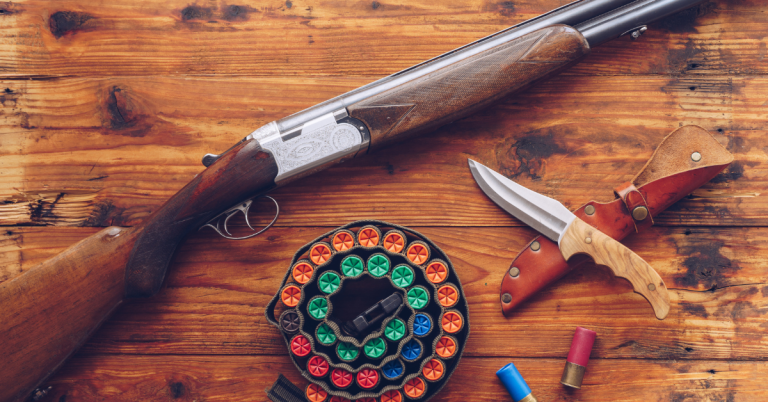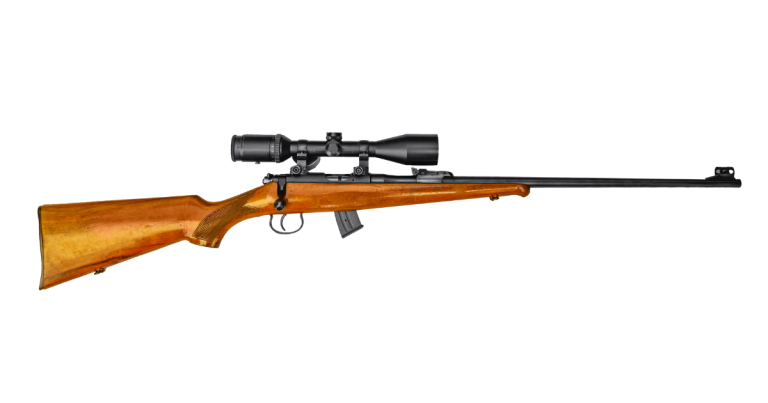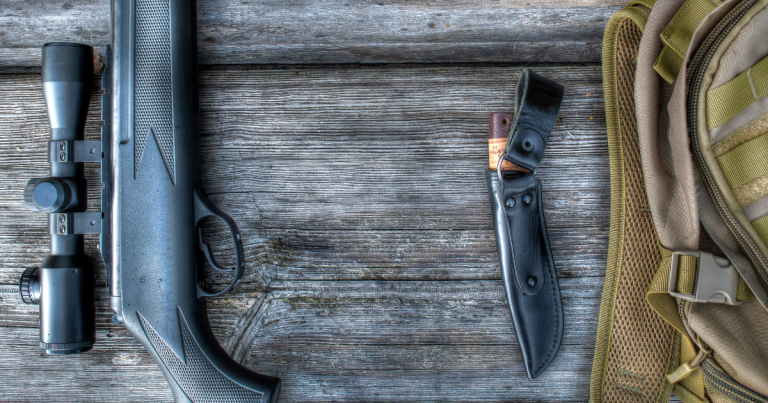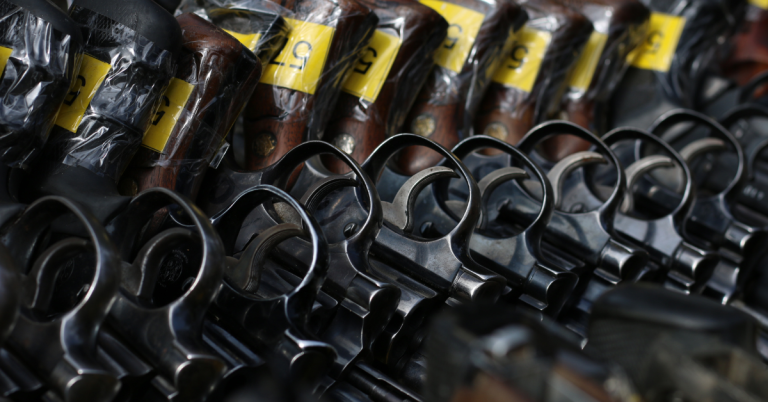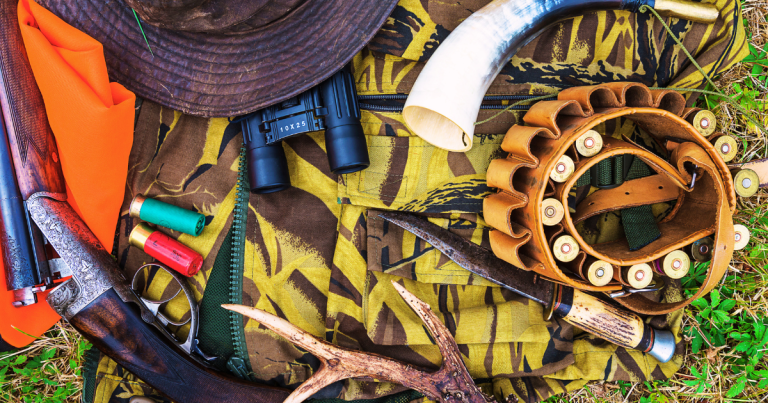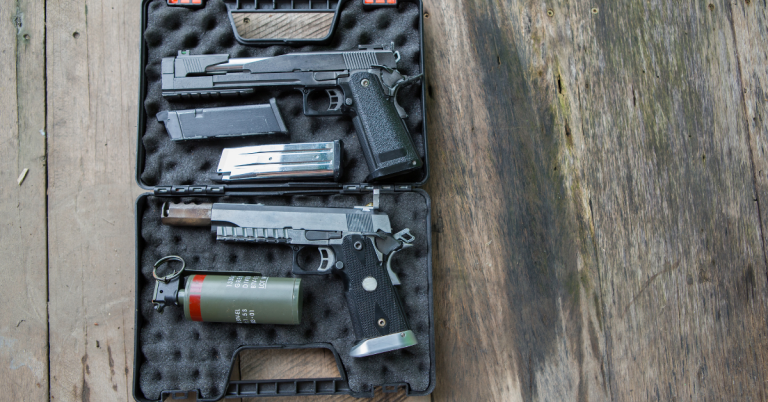How to Hunt Small Game with an Air Pistol
Hunting a small game with an air pistol is a challenging yet rewarding experience that requires skill, patience, and the right equipment.
Choosing the Right Air Pistol
The first step in small-game hunting with an air pistol is selecting the right weapon. Look for an air pistol with a velocity of at least 600 feet per second for the power needed to take down a small game. A .22 caliber pellet from an airgun that can produce at least 10 foot-pounds of energy is recommended for animals like squirrels and rabbits.
Understanding Your Prey
Knowing your target’s behavior and habitat is crucial. Small game can be easily startled, so it’s essential to move slowly and quietly. Use camouflage clothing and face paint to blend into the environment, and consider scent control sprays to mask your human scent.
Mastering Shooting Techniques
The best shooting technique involves steady breathing, proper grip, and smooth trigger control. Practice the artillery hold, which allows the air pistol to recoil freely for improved accuracy. Ensure the parallax is set correctly on your scope, and don’t rest the air pistol on a hard surface as this can affect the shot.
Positioning and Stalking
A stable shooting position is vital. Use a bipod or shooting sticks for better accuracy. If you prefer stalking, it can be an effective way to get closer to your target for a well-aimed shot. Hunting blinds provide cover and concealment, helping you get close without being detected.
Ethical Hunting Practices
Always aim for a clean, humane kill. This means targeting the vital areas of the game, such as the head or heart. It’s important to understand the limitations of your air pistol and only take shots within its effective range to ensure a quick and ethical kill.
Safety and Legal Considerations
Be aware of the hunting laws and regulations in your area. Ensure that you have the proper licenses and permissions, and always practice safe gun handling.
Conclusion
Hunting small game with an air pistol is a sport that combines precision, patience, and respect for nature. By choosing the right equipment, understanding your prey, mastering shooting techniques, and following ethical hunting practices, you can enjoy this challenging and fulfilling activity.
Remember, the key to successful air pistol hunting is practice. Spend time at the range, familiarize yourself with your air pistol, and learn as much as you can about your quarry. With dedication and respect for the sport, you’ll find that air pistol hunting can be a rewarding addition to your outdoor pursuits.
FAQs
What types of air pistols are best for hunting small game?
For small game hunting, look for PCP (Pre-Charged Pneumatic) or gas-piston air pistols as they offer the necessary power and accuracy. CO2 pistols may not provide the consistent power needed for humane kills.
How do I determine the effective range of my air pistol for hunting?
The effective range is where you can consistently hit a target the size of your game’s vital area. This typically ranges from 20 to 35 yards for most hunting air pistols. It’s essential to practice and establish this range for your specific air pistol.
Can I use my air pistol for pest control as well as hunting?
Yes, air pistols can be effective for pest control, especially for smaller pests like rats and mice. Ensure that you follow local regulations and use humane methods.
What are the benefits of using a red dot sight or scope on my air pistol?
Red dot sights and scopes can enhance accuracy by providing a clearer aiming point, especially in low light conditions. They also help with range estimation and precision shot placement.
Are there any specific maintenance tips for air pistols used in hunting?
After each hunting session, clean the barrel to remove any debris. Check all screws and fittings for tightness, as the recoil can loosen them over time. Store your air pistol in a case to protect it from the elements.

